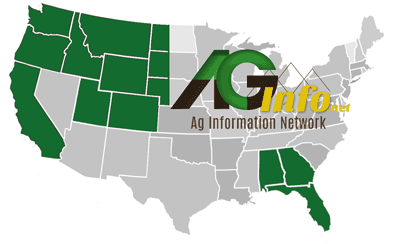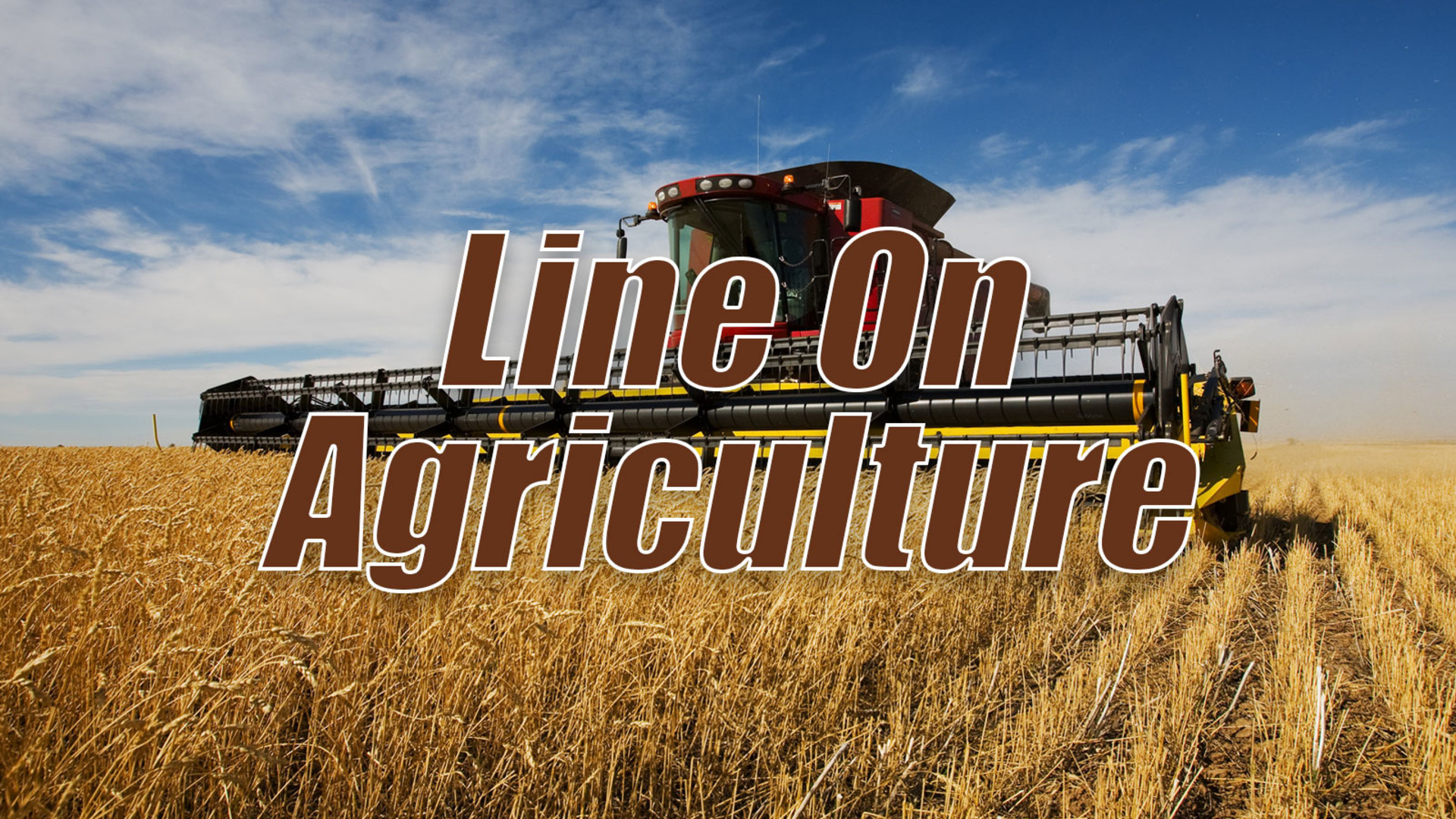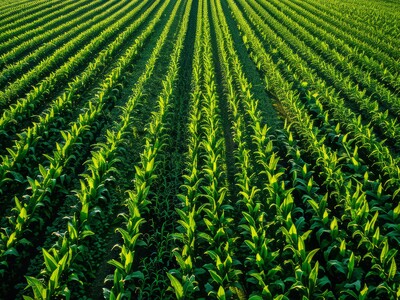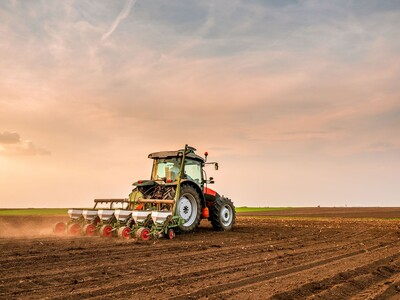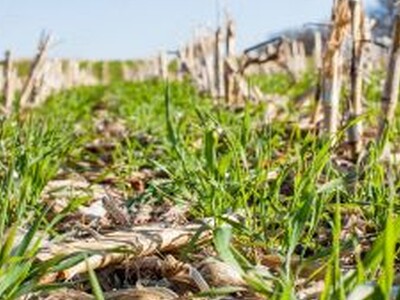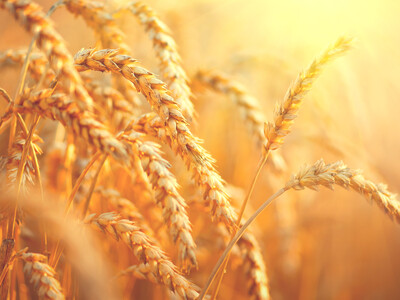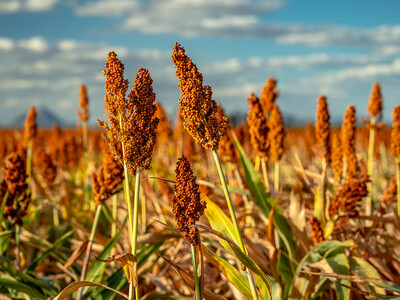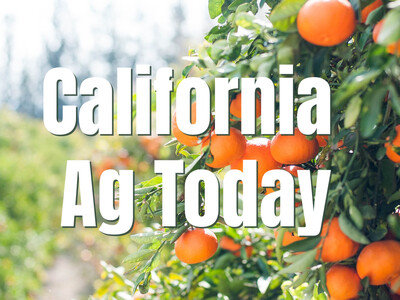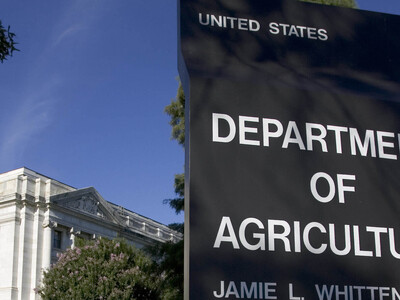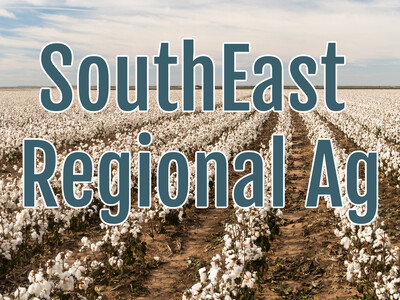Ups & Downs of Oregon Agriculture
Ups & Downs of Oregon Agriculture. I’m Greg Martin with today’s Line On Agriculture.
Oregon agriculture's roller coaster ride this past decade is reflected in a close look at the numbers for each of the state's top ten commodities. Some are trending up, some our trending down. Bruce Pokarney, director of communications for the Oregon Department of Agriculture, lists Oregon's top ranked agricultural commodities by value of production.
POKARKEY: The top ten Oregon ag commodities, in order, are greenhouse and nursery, cattle and calves, hay, wheat, milk, grass seed, potatoes, onions, Christmas trees, and cherries.
It has been a rough couple of years for two of Oregon's top ten ag commodities. Greenhouse and nursery products valued at 667 million dollars, but this sector has dropped 36 percent since its high water mark of more than a billion dollars in 2007. Grass seed has declined nearly 50 percent since 2008 from a high of a half billion dollars. Both commodities have suffered from the recession and a slowdown in the housing industry.
POKARNEY: The greenhouse and nursery industry, just a few years ago, had cracked the one billion dollar barrier but has lost about 36 percent of its production value since then. Also, the grass seed industry is basically half of what it was, value-wise, in 2008. Both have suffered from the recession and the nation's housing slump.
Pokarney says the six year trends for Oregon's top ag commodities have been all over the place.
POKARNEY: Since 2005, Oregon has seen its first and only billion dollar ag commodity, only to watch it lose nearly 40 percent of its value. Some commodities have more than doubled in production value over that stretch while others are half of what they were.
On the plus side, wheat has restored some of its past luster, rebounding from the 180 million dollar value in 2005 to 441 million dollars last year. And cherries are a first time member of the top ten with a production value of 77 million dollars last year. That's a 113 percent increase over the past six years.
POKARNEY: Wheat has always been in the top ten for Oregon, but it has bounced back from some tough times a few years ago. And there is a new member to the top ten list. Cherries have increased in production value by a whopping 113 percent since 2005.
Overall, the value of Oregon's agricultural production stands at 4.4 billion dollars.
That’s today’s Line On Agriculture. I’m Greg Martin on the Ag Information Network.
